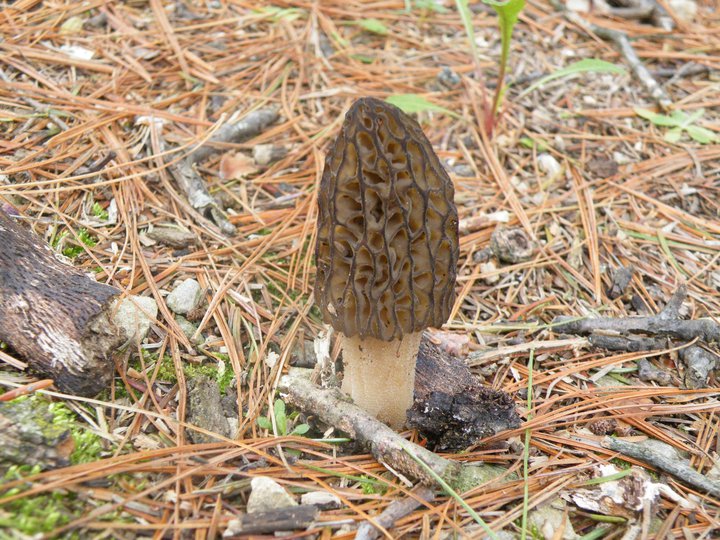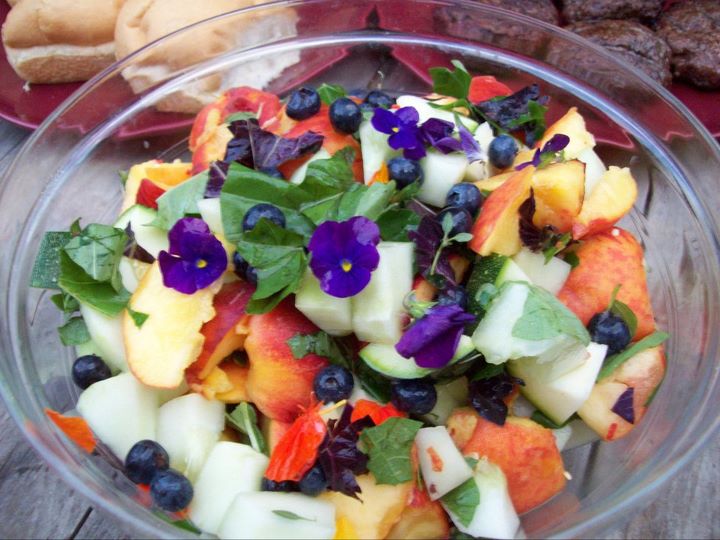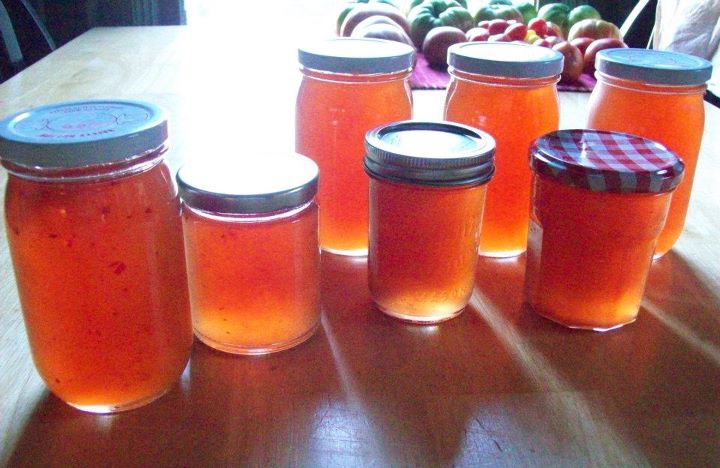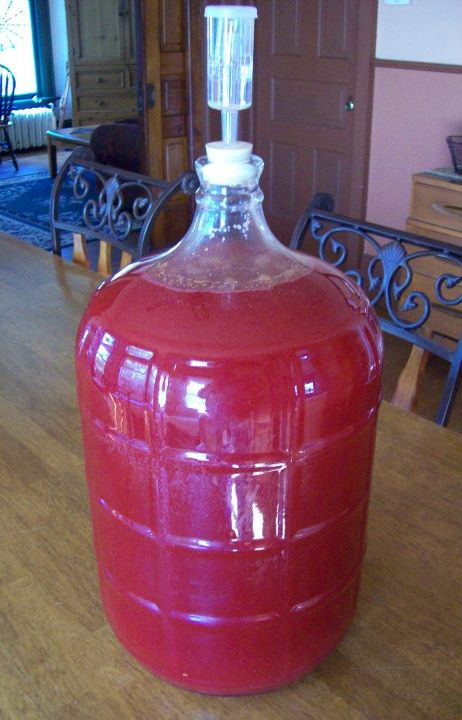More wine
 Monday, March 19, 2012 at 9:52AM
Monday, March 19, 2012 at 9:52AM We had more apple pulp at the end of last fall than we had carboys to ferment it in. So I placed it all in lidded pails and let it sit outside all winter (I figured it was cold enough, and it did stay frozen through much of the winter). With the recent warm weather we've had I also thought I better follow up with that cache of pulp before it fermented too much, got moldy or turned to vinegar. So, last Friday I squeezed the juice from the pulp, filled a large carboy with it, poured in a couple of cups of blueberry pomegranate juice to top it off, added pectic enzyme and wine yeast, and capped it with an airlock.
The over-wintered juice had a subtle though decidedly wine-like flavor and aroma already. Clearly the pulp had fermented to some degree before I extracted the juice. So, we'll see how it turns out, and right now it is fermenting away with the airlock doing its little dance at an efficient pace.
I also racked and bottled from three gallon-sized jugs that had been fermenting, two of apple wine and one of marigold wine. The two apple wines were made from juice from the same batch of foraged apples but I used a different yeast for each jug: one a Lalvin EC-1118 and the other a Pasteur Champagne yeast. The wine made with the champagne yeast did indeed have a champagne-like quality to it. It was drier and slightly "fizzy." I think it still needs to age for a few months in the bottle before drinking.
Just bottled marigold and apple wines.
The EC-1118 wine was delicious right away. We'll probably drink that up over the next few weeks. We did set aside one of the bottles for our friend Steph Davies as a small gift for the Grand Opening of her new art gallery in Milwaukee, called Waxwing.
A label I quickly sketched and glue-sticked to the bottle for the Waxwing opening.
The marigold wine definitely needs some time to age further, and I'll check it in another couple of months. It is beautiful wine though, with a lovely rose color. We got five bottles each from the apple wine jugs and four from the marigold wine jug.
Today I racked and bottled the carboy of apple wine to which we had added cloves and cinnamon. I suppose you could call it a mulled wine, although it is not as rich in spice as the kind of mulled wine you might make on your stovetop. We added cloves and cinnamon sticks during the last two months of the second fermentation. I think this wine will be a good one after it ages a bit longer. We got 23 bottles from that batch.
Apple wine with clove and cinnamon.
We've got one large carboy of highbush cranberry wine yet to bottle. That particular batch has a story all its own, which I'll share when I bottle it.






















